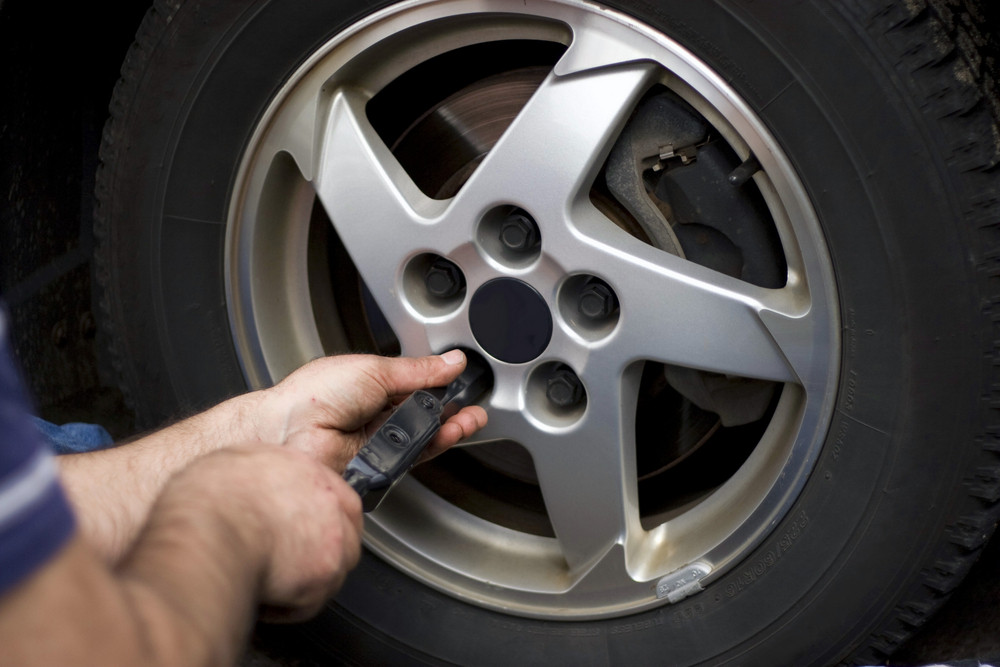The check engine light is a common indicator found in most vehicles, but it can be a source of anxiety for many drivers. Understanding why this light comes on and what actions should be taken is essential for maintaining your vehicle’s health and your peace of mind.
What are the common reasons for a check engine light to turn on?
The check engine light can illuminate for various reasons, ranging from minor issues to serious engine problems. One common cause is a faulty oxygen sensor, which measures the amount of unburned oxygen in your car’s exhaust system. A malfunctioning sensor can cause your vehicle to consume more fuel than necessary, leading to poor fuel economy and increased emissions. Other issues like a loose gas cap can also trigger the light, as it affects the seal of the fuel system. In some cases, the problem might be related to the catalytic converter, which is essential for controlling exhaust emissions.
Another frequent cause is a malfunctioning mass airflow sensor, which measures the amount of air entering the engine to ensure proper fuel mixture. When this sensor fails, it can lead to issues with the engine’s performance and fuel efficiency. Ignition system problems, such as spark plug and ignition coil failures, are also common triggers for the check engine light. These components play a crucial role in starting the engine and burning the air-fuel mixture, so any malfunction can significantly impact your vehicle’s operation. Onboard diagnostic systems, which monitor various engine components, often detect such issues, prompting the check engine light to illuminate.
One less common but still important reason for the check engine light is an issue with the vehicle’s emissions control system. Problems like a failing exhaust gas recirculation (EGR) valve, which helps decrease nitrogen oxide emissions, can trigger the light. Can I continue driving with the check engine light on?
While it is possible to continue driving with the check engine light on, it’s not always advisable or safe. The light might be indicating a problem that needs immediate attention, such as a failing catalytic converter, which can lead to increased emissions and further damage if neglected. Continuing to drive without diagnosing the issue could exacerbate existing problems, potentially resulting in more costly repairs. It’s important to act quickly if you notice the check engine light flashing, as this usually signals a more serious problem. In contrast, a steady light generally indicates a less urgent issue but still warrants investigation.
Your vehicle’s performance can be compromised if the underlying issue is not addressed promptly. Problems like a malfunctioning oxygen sensor or loose gas cap might not seem critical at first but can lead to decreased fuel efficiency and increased emissions over time. Ignoring these problems can also result in failing vehicle emission tests, which could lead to fines and restrictions on driving. In more severe cases, continued driving with the check engine light on may cause further mechanical breakdowns, leaving you stranded and facing emergency repair costs. Therefore, finding a balance between immediate action and careful diagnosis is key.
What preventative measures can I take to avoid a check engine light?
Regular vehicle maintenance is crucial in preventing the check engine light from turning on. Consistent oil changes, air filter replacements, and inspections of vital engine components can help mitigate potential problems. Ensuring your gas cap is tightly sealed after refueling can also prevent the light from illuminating due to system pressure issues. Staying proactive by replacing worn-out spark plugs and wires can keep your ignition system functioning correctly and avoid misfires. Additionally, maintaining proper tire pressure not only improves fuel efficiency but also reduces strain on the engine.
Keeping track of your vehicle’s scheduled maintenance can play a significant role in preventing unexpected engine issues. Using high-quality fuel and oil products reduces the likelihood of buildup and deposits that can affect engine performance. Routinely checking for recalls related to your specific vehicle model can also help prevent issues with known defects. Implementing these proactive measures can significantly reduce the chances of a check engine light, ensuring smoother operation and peace of mind. Furthermore, these habits contribute to the long-term health and value of your vehicle, avoiding unexpected breakdowns and repairs.
While a check engine light can be alarming, understanding its causes and consequences can help you make informed decisions. Regular vehicle maintenance and timely diagnosis can prevent many of the issues that trigger this warning. Staying proactive with your vehicle care is vital to ensure a long-lasting, efficient, and safe driving experience. By paying attention to the small details, such as securing your gas cap and adhering to maintenance schedules, drivers can reduce the anxiety associated with unexpected warnings. Ultimately, a well-maintained vehicle not only offers peace of mind but also contributes positively to the environment by minimizing unnecessary emissions.

